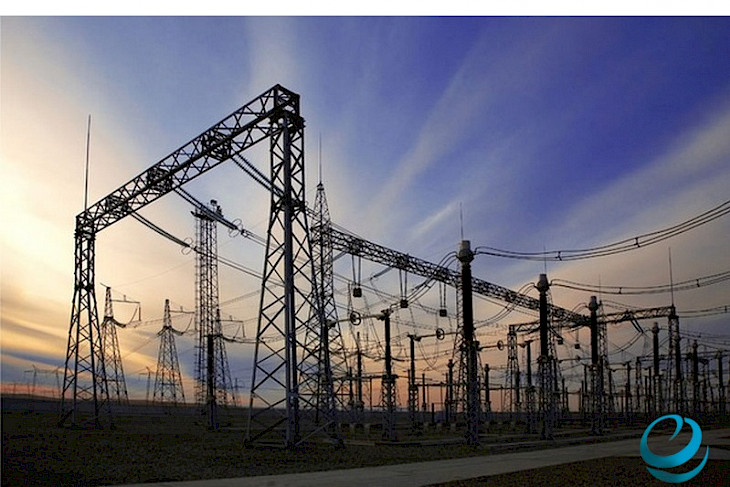Uzbekistan and Russia have reached an important agreement to expand cooperation in the energy sector. The energy ministers of the two countries signed this agreement.
A key point of the negotiations was the agreement to include the Russian "System Operator" into the Central Asian Unified Energy System (CAUES), reports TASS.
Sergey Tsivilev, head of Russia's Ministry of Energy, emphasized the strategic importance of this step for managing energy flows between the countries in the region.
According to him, both ministries issued a joint statement calling for the swift implementation of this initiative.
The integration of the Russian operator into the CAUES goes beyond regular commercial electricity exports.
The main goal is to create an efficient mechanism for the prompt balancing of energy systems in the participating countries.
This is especially relevant in situations of potential shortages, natural disasters, or peak load periods.
Uzbekistan’s Minister of Energy, Jurabek Mirzamakhmudov, emphasized the security aspect. He noted that such cooperation will allow the countries to support each other in critical situations, ensuring the stability of energy supply.
This agreement reflects the growing trend towards regional integration in the energy sector and could become an important step in strengthening energy security in Central Asia.
The implementation of this initiative is expected to begin soon, indicating the high interest of the parties in developing cooperation.
At the end of 2021, discussions began in Tajikistan about the country’s return to the Central Asian Unified Energy System.
Tajikistan's Minister of Industry and New Technologies, Sherali Kabir, announced that Tajikistan would rejoin the unified energy system in 2022, but this issue has been delayed several times.
"We still plan to prepare the northern part [of Tajikistan's energy system] for connection by the end of this year, but the actual launch of this line will take place in April 2024," said Tajikistan's Minister of Energy and Water Resources, Daler Juma.
What is the Central Asian Unified Energy System?
The history of the creation of the Central Asian Unified Energy System (CAUES) dates back to the Soviet era and serves as an example of regional integration in the energy sector.
Creation history:
- 1960s: the beginning of the formation of a unified energy system in the Soviet Union, including the Central Asian republics.
- 1970s: active development of intersystem connections between the energy systems of Central Asian republics.
- 1991: after the collapse of the USSR, the need arose to maintain and adapt existing energy links to the new political realities.
Formation of the Central Asian Unified Energy System:
- 1991-1992: the countries of the region recognized the importance of preserving the unified energy system to ensure energy security.
- 1994: signing of an agreement on the parallel operation of the energy systems of Kazakhstan, Kyrgyzstan, and Uzbekistan.
- 2000: Tajikistan's accession to the CAUES.
Structure and operation of the CAUES:
- Participants: Kazakhstan, Kyrgyzstan, Uzbekistan, Tajikistan (Turkmenistan participates partially).
- Coordination center: "Energy" in Tashkent, providing operational-dispatch management.
- Infrastructure: a system of high-voltage transmission lines connecting the energy systems of the participating countries.
Key aspects of the unified energy system:
- Optimization of the use of the region's water and energy resources.
- Ensuring mutual assistance in case of accidents or energy shortages.
- Coordination of the operating modes of power plants and energy systems.
- Facilitating energy exchange between countries.
Challenges and problems:
- Political disagreements between the participating countries.
- Technical problems due to outdated infrastructure.
- Different approaches to energy sector reforms in the region.
Development prospects:
- Modernization and expansion of intersystem connections.
- Integration with energy systems of neighboring regions (Russia, South Asia).
- Development of renewable energy sources within the CAUES.
The Central Asian Unified Energy System is a unique example of regional cooperation in the energy sector, preserved and adapted after the collapse of the USSR.
Despite difficulties, the system continues to play an important role in ensuring the region's energy security and stability.
CentralasianLIGHT.org
September 10, 2024

